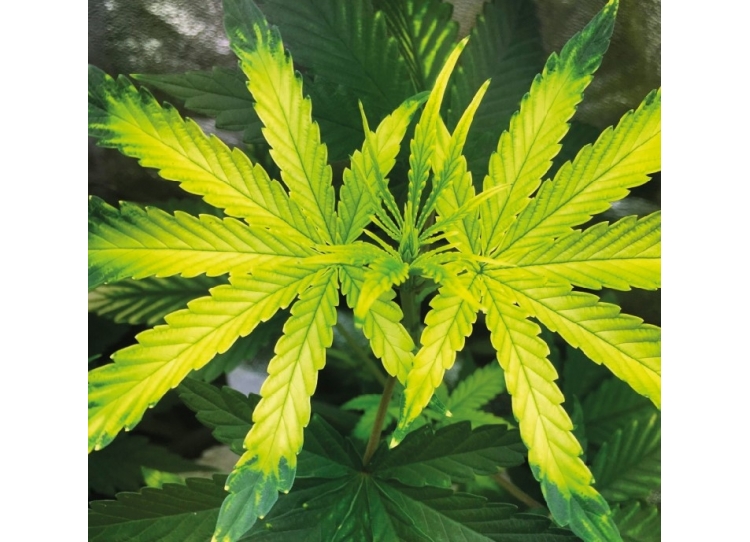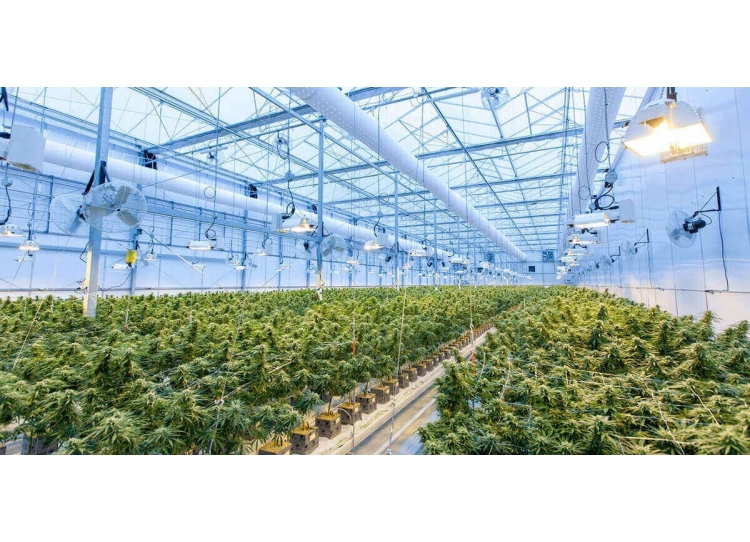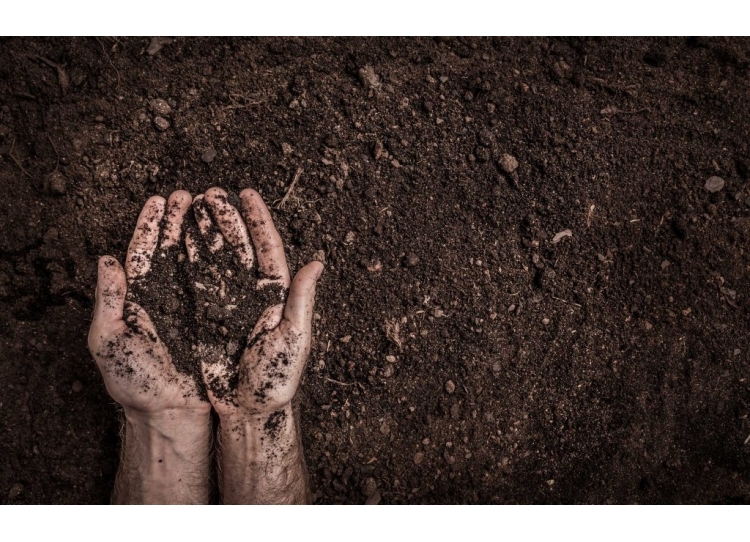Excess or deficiency? - Hempy cheff's guide to diagnosis and repair

Excess or deficiency? - Hempy cheff's guide to diagnosis and repair
One of the most common posts in any group is what is this and how do I fix it? Many of us are happy getting along with help from the groups and doing what we are told but for those who would like to learn below is a step by step on how to diagnose and fix.
First thing you should know is plants don't make mistakes, humans do, and most the time it is something we've neglected that leads to plants showing physical symptoms. Knowing this before we start trying to add and remove nutrients in an attempt to level things out we want to see where our soil is at for PH and PPM/EC. This can be done with a flush and testing your runoff water. It is important to remember PH swings affect which and how well nutrients are available to our plants so we may not need to add or remove anything. We can fix PH with a PH flush. This is when we take water and PH it to our desired value 5.8-6.8 for soil. We want to run a high volume of this water through our root ball. If your in a 5 gallon pot you want to run 10 gallons of water through and test the end run off to see if it stayed where you want it. This will also wash out excess nutrients and salts so we want to follow with 1/3 strength feed to stop from starving the plant. PPM stands for Parts Per Million, this measure nutrients while EC stands for Electrically Conductive and measure differently than PPMs. Funny thing is they have a conversion chart but arent equivalent to each other as they measure differently and even measure different molecules within the solution. When testing PPM/EC of run off we want to keep in mind our ideal Values. These are general and unless your running a strain you've dialed in your working within these ranges. Lower PPMs for smaller plants and higher for larger plants and in flower. If PPM is in range we want to check EC. This measures salts better and can tell if we are dealing with lockout as apposed to a single deficiency. This again can be fixed with a flush if values are too high. This is when it's best to use distilled or RO water PHd and flush. The clean water will pick up excess nutrients better than mineralized water. Again we want to follow this by testing the end of run off from our flush and then if values are ok we can leave it to dry. If values are too low we want a ¼ strenght feed after. Never fully flush your plants without adding nutrients back in and always fully flush when PH flushing or lowering PPMs. There is no formula that will tell you how much of which nutrient to add so we might as well play it safe and fully flush and re add our plants food. This goes for excess and deficiency.
We start first with taking note or finding where the symptoms started. This is simple if you catch it early but if not, it will be the area with the most damage. It is important to note if it started top bottom or middle of our plant because, this will help us discern weather the issue is Mobile, Semi Mobile, or Imobile. Mobile nutrients, the plant can move through a process called translocation. Generally if it starts at the bottom of the plant it's a fully Mobile nutrient and the plant is moving nutrient from old growth to new growth, hence why it shows at the bottom first. Mobile nutrients include NPK. Imobile will start at the top as new growth will be lacking the nutrient that the plant can't move to where its needed most. And the middle of coarse is our semi mobile nutrients that the plant can sort of move but not efficiently. Semi mobile nutrients include Magnesium Zink and Chlorine while the rest are Imobile. These are Molybdenum Calcium Sulphur Iron Boron and copper Manganese. Know these nutrients and how they show symptoms, this will help us to cut the list of possibilities down.
Now we narrowed it down to a smaller list of nutrients we have to zero in on which one off the list it is. This is where we look more specifically at what is happening. Using one of the visual tools available start comparing it to what you see and your notes. What we are looking at is the actual affected leaves and what's happening to them. Are they yellowing or going brown? Is it spotted or striped? What other marks are there? Again we want to note where the symptom started on the leaf. Tips and edges or middle. Is it progressing from edge to center or center to edge. Chlorosis is when the leaf turns yellow this can start at tips or the middle. Interveinal Chlorosis is yellowing but when it's in the veins of the leaf and again can start at the veins and work out or away from the veins and works its way in. Necrosis is death this is brown dry crispy leaf or leaf edges. By noting these and recognizing what is happening we can zero in on which nutrient deficiency we are dealing with, even when they have similar symptoms and signs or that look as such at first glance. It helps to describe what you see in writing and the direction of progression the symptoms are taking and compare not just visuals but verbal descriptions as this will help you learn and separate the difference of chlorosis and interveinal chlorosis and the different deficiencies. The speed of progression is another important variable we can use. Phosphorus is used in almost every function the plant performs and will progress in hours from bad to really bad. Then depending what nutrients you are using you may add an organic source of what missing or maybe something to help the plant metabolize the deficiency. But it is usually not so easy. Just because we have figured out the deficiency, that doesn't mean we address it and done. We want to know the cause and this is where you have the best idea. As the grower you know what you've been doing and what your nutrients have in them and this is when we have advantage even as a new grower over those reading our posts. The cause may be addressed without adding nutrients or flushing, as a grower this is important cause if we know the cause we can avoid the mistake and fix it more accurately. As mentioned above odds are it's something you've done or neglected to do and can address next feeding.
Excess is rather simple, using the same steps above and other visual tools, you can discern between deficiency and excess. This is where recognizing symptoms and the progression is most important as that's what helps us make the distinction on excess that looks similar to deficiency. Same with deficiency once we have narrowed it in we want to find cause. We can look at what we've done over the last few waterings and feedings. This is why notes and data is important at all levels of growing. As mentioned... as the grower you should know best above anyone else. Remember when dealing with multiple deficiencies and excess nutrients the cause could be lock out and adding anything could kill your crop in this case, so be sure to measure PH PPM and EC to rule out salt build up on your roots. Always remember you fucked up not the plant. So find out what you did and avoid it again. It is also important to know which functions depend on others as the cause can trick you. The solve for excess is super simple. You fed too much or too often and can easily flush out the issue. Quite literally flush your plant. This time we want to tripple the volume so if running 5gallon pots run 15gallons of RO or Distilled water PHd to the right value. If we leave it this way it can shock the plant which is why even flushing agents have sulphur and phosphorus. So to avoid shocking the plant we want to do a ½ strength feed. We will work from here back up to what we were feeding when the excess took place.
My rule for best practice is always start with PH PPM/EC then move onto narrowing it down and zeroing in the issue and addressing it if possible. Then Flush and feed. By flushing we are starting as close to fresh as possible and we have a better idea of what is in our soil as we are solely responsible for the control of our food and environment. It's also important to keep in mind that environmental factors affect nutrient take up. VPD Vapor Pressure Deficit is an environmental factor that affect the rate our plants drink and therefore take up nutrients. Interesting fact the plant can drink without feeding and instantly separates water from nutrients and minerals and they take separate paths in the plant. This is the cause of lockout when the plant has left behind so much nutrients they calcify to the roots. Heat is another factor. As I just said plants chose to drink or eat, this is limited and if highly chelated as most nutrients are the plant almost doesn't have the choice anymore and during heat swings may take up water to deal with the heat but at the same time uptake nutrients it was force fed and can cause excess in this manner. So when using bottle nutes we look for simple.solutuons or at bottle solutions. This is opposite from organic growing. With organics we breed life and this life affects PH and the nutrient availability. We may adjust the soils environment by adding either more fungi or more microbial life as their exudates are what buffers the PH of our rhizomes. Also with organic we can add inputs with specific nutrients to address deficiency rather than flush and feed. Organics have a few choices of inputs and nutrient sources with added benifiets that bottle growers can't and so addressing issues is different as we may just add what's missing from our soil or make it available through the use of microbes and natural chelates. One method is using Compost Teas and there are many recipes to address the issue at hand. With organics we are balancing availability with the plants needs as the plant has more control in organics when it comes to this. So organics is more of a balancing out life and soil to keep the plant happy and doing what it should rather than calculating PPMs and EC and adding what's needed ourselves we make it possible for the plant to fix itself.
Plant are like people and like to be comfortable. It wants a comfortable temperature and RH as well as nice boots for their feet with soft insoles. Root zone health is very important to plant health. A nice non compact soil that allows air and water and therefore roots to move through with ease. Plants like people are each different and unless clones will all feed different and show different issues under the same feed plan and environment. So to reiterate....you done fucked up! Water and check runoff. Measure PH PPM and EC. If all is ok move onto looking at where on the plant the symptoms started. Next what the symptom is and how it shows on the leaf itself and how its progressing. Then find the cause again your the best one for this part!! You know what you did! Then address the issue within your feed program and flush with PHd water and feed either ½ ⅓ or ¼ strength and work back to full strength for the stage of growth your in. Other functions and environment can cause what you see as deficiency. Last hint I'll give you, is if you miss an issue to the point where you see multiple deficiencies it's either lockout or deficiency of one nutrient not allowing the metabolism of other nutrients.






Comments
No comment at this time!
Leave your comment